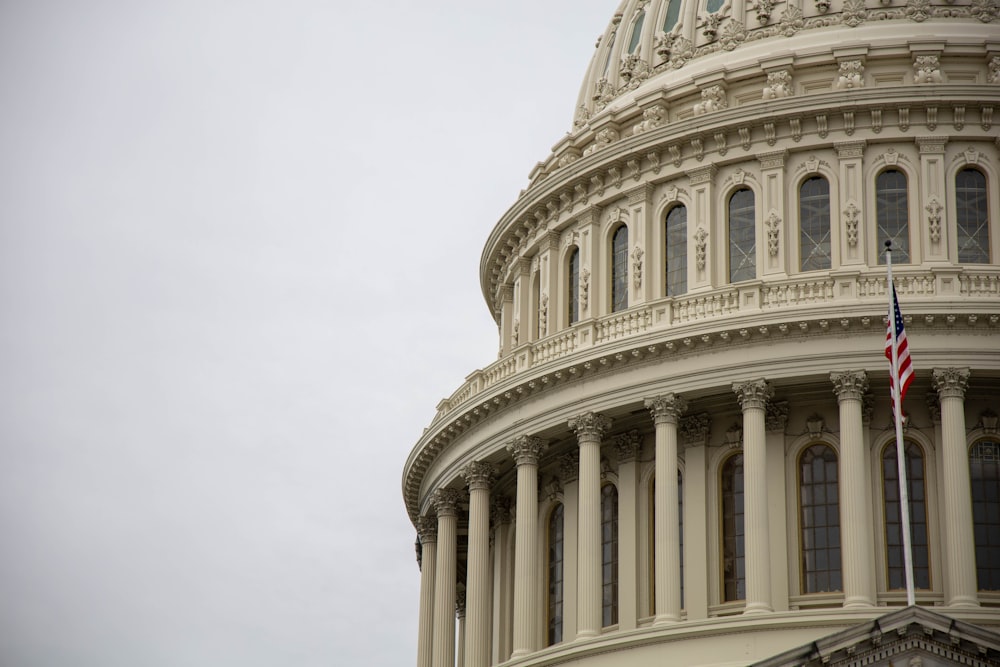Despite my research and planning into managing my student debt, there were some considerations I should have taken into account prior to signing up for the Public Service Loan Forgiveness (PSLF) Program.
PSLF Program
It is the only program that offers forgiveness on all qualified loans tax-free after 120 qualified monthly payments.
Only Direct loans in good standing are eligible for forgiveness. Federal Family Education Loan (FEEL), private loans and defaulted loans are excluded.
Qualified payments do not need to be consecutive. However, non-qualified payments are not ideal and will increase the total amount you have paid.
You are required to work at least 30 hours per week or what is considered full-time at your place of employment (whichever is greater). You can also work two part-time positions totaling to 30 hours as long as you are working for qualified employers that are considered:
- Not-for-profit organizations that are tax-exempt under Section 501(c)(3) of the Internal Revenue Code
- Not-for-profit organizations with qualifying public services
- Any local, state, federal, or tribal government organization
- Volunteer organizations, like the Peace Corps and AmeriCorps
Lastly, you are required to enroll under a qualified Income-Driven Repayment Plan.
You can find additional loan forgiveness plans with their details listed at studentloanhero.com
I Made 11 Qualifying Payments Under The PSLF Program – Then I Quit

As a physical therapist, there are many opportunities to work in non-profit organizations, so the PSLF program was a clear choice to affordably repay my debt.
After many hours of research, I successfully enrolled in the PSLF program and I planned to work for a hospital-based outpatient clinic for 10 years to have my loans forgiven.
I estimated that I would have paid 1/4th of what I initially borrowed by the end of the PSLF program. If working for the same employer did not work out, I figured I would find another qualified employer easily.
All being said and done, I thought my plan was foolproof. I made 11 qualifying payments.
Then I decided student loan forgiveness is no longer for me. While there were opportunities to say the course, there were many more considerations I didn’t account for under PSLF.
What Changed?

What I failed to consider was the possibility of not enjoying where I worked. I spent the first year of my career in a toxic work environment. There were many people who were fun to work with, but it only takes one person to make your work-life a living hell.
I knew it was really bad when I stopped enjoying life outside of work. It worsened after workplace bullying ensued even after I fractured my leg in a car accident. After receiving both informal and formal advice, I decided to get a fresh start in my career. I began to look for other qualified employers defined by the Public service loan forgiveness (PSLF) program.
There was no luck even after months of searching. I can admit I was picky with potential employers for fear that I would end up in another toxic environment.
Related: How I Overcame Career-related Identity loss
Things were not getting better at work. So I decided to stop framing my employment opportunities around eligibility for student loan forgiveness and prioritized my health and happiness. Within a week, I gladly accepted an offer in the private sector.
I still had the option to put my progress on loan forgiveness on pause while making unqualified payments and re-enter once I find a qualified employer. To me, loan forgiveness no longer made sense. If I was going to make payments, I wanted to have my hard-earned money going to a greater purpose than to delay uncertain prospects of loan forgiveness. I altered my repayment strategy and paid off my student loans as aggressively as possible.
Why I Am Grateful For My Decision

- More career opportunities: My employment outlook is no longer limited to specific types of organizations. After a couple of years, I had more time to search for employment at a fantastic local company with supportive colleagues, a flexible work schedule, and a competitive compensation package. I can open a business without having certain bills go up when earning more.
- Freeing Mental Space: Instead of worrying about student loans for the last 10 years, I can worry about things that can actually generate me income.
- More time, more focus: I no longer need to spend precious time submitting annual re-certification paperwork, ensuring my qualifying payments are up to date, and ensuring HR completes my employment verification correctly. Instead, I spend the extra time and energy to review my financial plan and investments.

- Simplified Taxes: My wife and I now simplify taxes by filing jointly allowing opportunities to claim tax credits and deductions that are not available to those filing separately. Most borrowers will file separately to keep their monthly payments low. We can also take advantage of ROTH IRAs that would otherwise be unavailable to us.
- More motivation to earn more: I can now work over-time, take on multiple jobs, or even build side-hustles without the negative feedback of paying more towards my student loan balance that would be forgiven regardless if I were still enrolled in the PSLF program.
- Having options: Best of all, I owe the federal government nothing. With my debt and uncertainty out of the way, I can allocate time and energy to my passions and life goals. That includes having the option to transition to private practice, owning a business, or even consider semi-retirement without having to worry about loan forgiveness qualifications.
Primary Considerations For Public Service Loan Forgiveness (PSLF)

Political Landscape Changes
With news about the Trump Administration dismantling PSLF and other repayment options, it is uncertain whether or not you will be a beneficiary or a victim of this program.
Additionally, only 1% of those who committed to 10 years’ worth of minimum payments and public service received forgiveness. Part of this was due to loan servicers providing inaccurate information. I should know, as a skeptic, I asked the same question to 3-5 different loan servicing representatives and received different answers.
A lot can happen in 10 years. The political landscape may directly or indirectly impact how much you may benefit. For example, revised tax laws may make it even more beneficial for those married filing jointly making it more difficult to make the decision of whether to file jointly or not.
In addition to tax law changes, the program may change to include a maximum on the forgiven amount. There may change the income-based repayment percentage. The program may be terminated entirely. Regardless of changes, it is likely that enrolles in the PSLF would be grandfathered in.

Of course, speculation should not be a primary driver of such big decisions but is worth the consideration. Especially for a 10-year committment which could swing either way depending on many external factors. I would put this at the bottom of your list since there is a long list of “what ifs” and your time is better spent on what is.
Personal Factors
Do you plan on relocating? Despite the number of qualified employers in my area, it was difficult to find one to suit my interests.
How much will your monthly payments be based on your salary? How much more will you pay based on bonuses, raises, or other income sources? Use this calculator to help.
Have you talked with your spouse or partner about your debt (and their debt) and how it might affect your future goals?
If your monthly payment is less than your monthly accrued interest, you will see your student loan balance increase each month. Can you tolerate the accumulating mountain of student loan debt with the uncertainty of loan forgiveness looming over you?
One of the PSLF considerations many physical therapists and other new grads overlook is understanding they need to mental fortitude in watching their loan balance increase over time.
Tax-related Considerations

Enrolling in an income-based repayment plan brings significant tax-related considerations even for the PSLF program, particularly regarding your filing status. Your monthly payments can vary due to your adjusted gross income (AGI), which tends to be higher when filing jointly as a married couple. Consequently, this can lead to increased monthly payments, affecting the potential forgiveness of your debt.
The higher your debt-to-income ratio is, the greater likelihood it is that a single or married filing separately status would yield a lower monthly payment towards your student loans.
However, the recommendation is typically to consult with your financial advisor each year due to potential changes in tax laws as well as potential life changes that can make married filing jointly more beneficial.
One of the more important considerations for me when enrolled under PSLF and married filing jointly, is that my ROTH IRA contributions would be limited. As of the last update to this article, you, unless you lived in separately for more than half the year or earned less than $10,000 you cannot contribute to a ROTH IRA. And who wants that right? For more details on this, you can check out this Investopedia article.
Summary of Considerations For PSLF
- Can you tolerate potential changes in career satisfaction, career stability, and qualifying employment options as your debt potentially doubles?
- Can you handle the uncertainty of how new laws may affect student loan forgiveness qualifications?
- Do you believe you and your current/future spouse will be able to deal with the potential complications when it comes to determining the trade-offs when it comes to tax filing status?
For me, 10 years’ worth of that level of uncertainty and stress was not congruent with how I envisioned my life. Instead, I chose a path of certainty where the success rate would be near 100% within a relatively short period of time. For me, this short period would be 2 years.
However, I understand some people do not have the option to pay off their debt due to the degree of debt they face. If you owe 4 or more times as much as you could possibly make within a year, loan forgiveness may be your only option. Generally, if you have a debt-to-income ratio of 2:1, you have a good chance of working hard to pay off your loans within 2-4 years if you work hard and save at least 50% of your income.
If you made the decision to pay off your debt aggressively, make sure you sign up for my free guide below.
Updated: June 23, 2021
